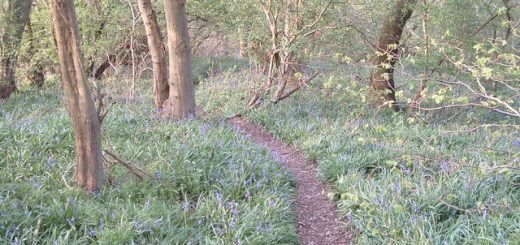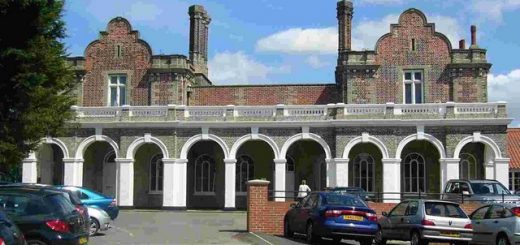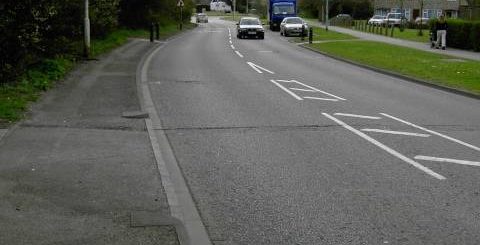Bowood House
In December 1772 the theologian and scientist Dr Joseph Priestley (born 1733 – died 1804) was appointed by Sir William Fitzmaurice/Petty, 2nd Earl of Shelburne (and from 1784 1st Marquis of Lansdowne) (born 1737 – died 1805) as his librarian, literary companion and tutor to his two sons. During this appointment based at Bowood House he may have witnessed the apparition of one of Shelburne’s recently deceased sons.
 The following account of the experience was published by Mary Anne Schimmelpenninck (born 25 November 1778 – died 29 August 1856) and repeated in The Haunted Homes and Family Traditions of Great Britain by John Ingram (1897).
The following account of the experience was published by Mary Anne Schimmelpenninck (born 25 November 1778 – died 29 August 1856) and repeated in The Haunted Homes and Family Traditions of Great Britain by John Ingram (1897).
“One day Mr Petty, the precocious and gifted youth, sent for Dr. Priestley (Lord Shelburn, Mr. Petty’s father, being then absent, I think, in London). When the doctor entered, Mr. Petty told him he had passed a very restless night, and had been much disturbed by uncomfortable dreams, which he wished to relate to Dr. Priestley, hoping that, by so doing, the painful impression would pass away.
“He then said he dreamed he had been very unwell, when suddenly the whole household was in preparation for a journey. He was too ill to sit up, but was carried lying down in the carriage. His surprise was extreme in seeing carriage after carriage in an almost interminable procession. He was alone, and could not speak; he could only gaze in astonishment. The procession at last wound slowly off. After pursuing the road for many miles towards London, it at last appeared to stop at the door of a church. It was the church at High Wycombe, which is the burial-place of the Shelburn family. It seemed, in Mr. Petty’s dream, that he entered, or rather was carried into the church. He looked back; he saw the procession which followed him was in black, and that the carriage from which he had been taken bore the semblance of a hearse. Here the dream ended, and he awoke.
“Dr. Priestley told him that his dream was the result of a feverish cold, and that the impression would soon pass off. Nevertheless, he thought it best to ‘send for the family medical attendant. The next day Mr. Petty was much better; on the third day he was completely convalescent, so that the doctor permitted him to leave his room; but as it was in January, and illness was prevalent, he desired him on no account to leave the house, and, with that precaution, took his leave. Late the next afternoon the medical man was returning from his other patients; his road lay by the gates of Bowood, and as Lord Shelburn was away, he thought he might as well call to see Mr. Petty and enforce his directions. What was his surprise, when he had passed the lodge, to see the youth himself, without his hat, playfully running to meet him! The doctor was much astonished, as it was bitterly cold and the ground covered with snow. He rode towards Mr. Petty to rebuke him for his imprudence, when suddenly he disappeared whither he knew not, but he seemed instantaneously to vanish. The doctor thought it very extraordinary, but that probably the youth had not wished to be found transgressing orders, and he rode on to the house. There he learnt that Mr. Petty had just expired.”
Shelburne’s two boys were tutored by Thomas Jervis, under Priestley who supervised their education. Priestley moved to Calne near Bowood in June 1773 where a house associated to the position was provided. It has been said that the relationship between Prietsley and Shelbourne cooled by 1778 and in 1780 he retired after his patron suggested moving him to his estate in Ireland.
As it happens the experience above can probably be dated to 1778. One of the boys under Priestley would have been John Henry Petty (2nd Marquess of Lansdowne, Earl of Wycombe) (Born 6 December 1765 – died 15 November 1809) and the second, the one who died is likely to have been William Granville Petty (born 1768 – died 1778), both sons of Shelburne’s first wife Lady Sophia Carteret (born 26 August 1745 – died 5 January 1771).




Recent Comments